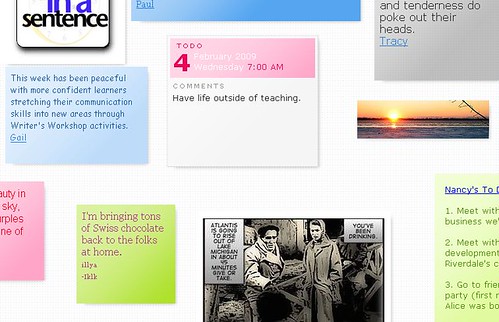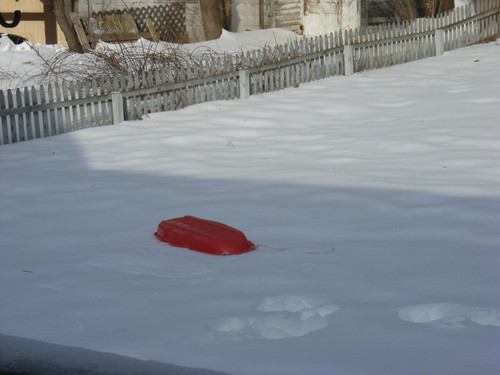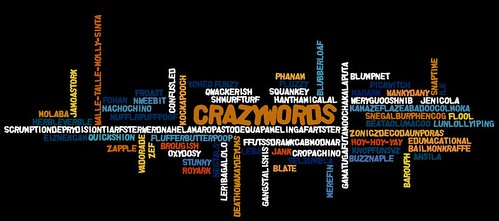It’s been some time since I have written any of my quickfiction, but I was inspired for this short piece by a magazine article I was reading about a child prodigy violinist who used to sit in his room, with rubber bands, making his clothes dresser into a musical instrument.
If you are interested is more of my quickfiction, you can see my site over at Hypertextopia. The collection of stories there is called Inside Kaleidoscope Dreams.
Rubberbands
(listen to the podcast)You scan the floor for rubber bands. Underneath the rug. Inside the kitchen drawer. Behind the cushions of the couch. Anywhere you think they might be, you look. Of course, you have learned to be careful. Your mom will take them away, again, and shout at you, again. “Rubber bands? Rubber bands?” Her voice will echo through your head for the rest of the day, crowding out the melody. Someday, when you are older, you will have your own place and your own guitar and you won’t need rubber bands. You will sink into that freedom and know it to be paradise. For now, it is all about the rubber bands. You count them in your hand — onetwothreefourfive. Not quite enough, but enough for now. You close the door to your bedroom and push the chair against the door. The drawer of your clothes chest open reluctantly, as if it needing some oil, and one by one, you extend the rubber bands across the surface of the open spaces, fixing it so that you can adjust the length of the rubber bands as you need by moving the drawer in and out, out and in. One band becomes smaller, lower pitched, while another become longer, higher. It is a full eight minutes of adjustments, getting it all just right in your head until you can close your eyes and begin to play. The melody dances, first through your fingers, then along the vibrating hum of the rubber bands, and finally filling the room with light only you can see. You know it won’t last and it doesn’t. Either your mother will pound on the door, or your brother will shout some obscenity at you from the hallway or the dog will start barking at someone in the street and all will be broken. Today, you are shattered by a string, the snap of the rubber like a shot in the night, startling you with a surprising ferocity. The silence at first is odd and then, almost comforting, until you hear your mother yell: “All right, who took the damn rubber band from this deck of cards?”
Peace (in fictionalized worlds),
Kevin




